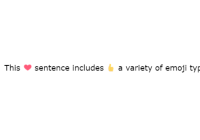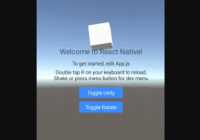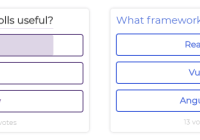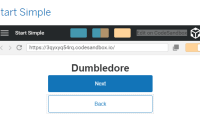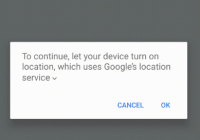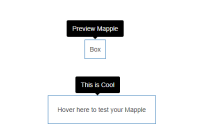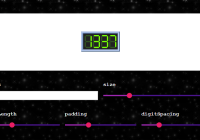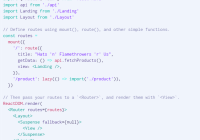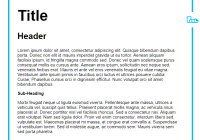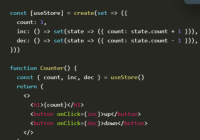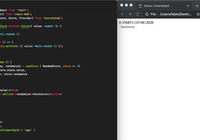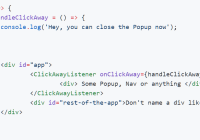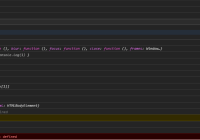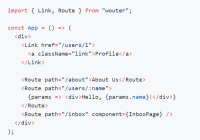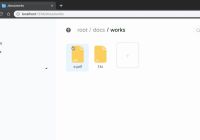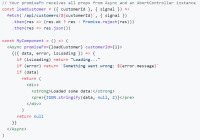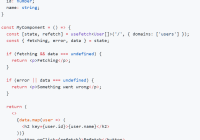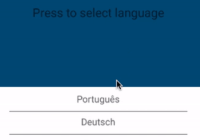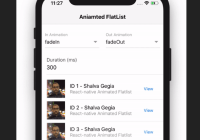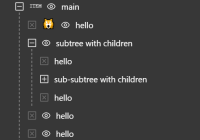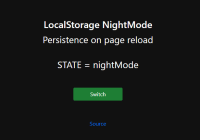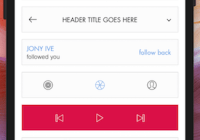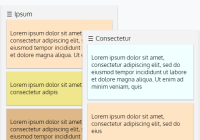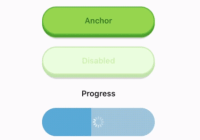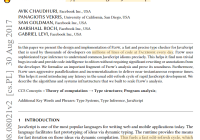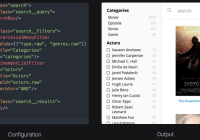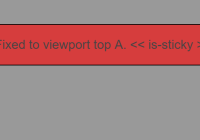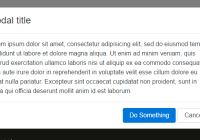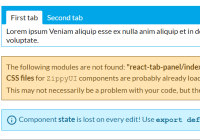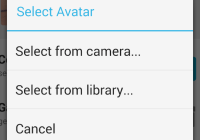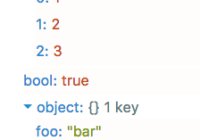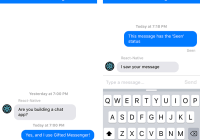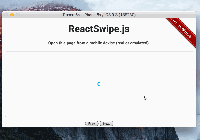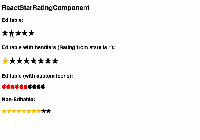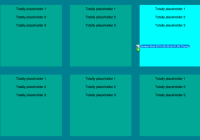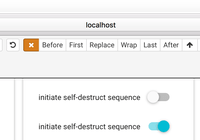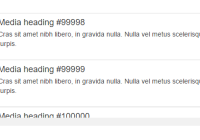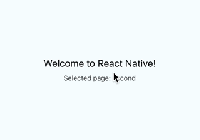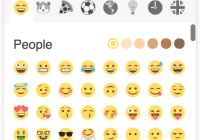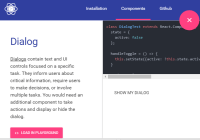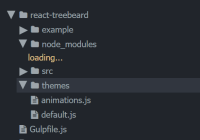react-emoji-render
Normalize and render emoji's the way your users expect.
- Supports unicode emoji characters
- Supports emoticons such as :) :x :/
- Supports slack-style emoji names such as
:smile: - Choose between native, twemoji, emojione or custom image sets.
- Add custom styles when text contains only emoji (to make it bigger, of course)
Installation
Install with your favorite package manager:
npm install react-emoji-render --save yarn add react-emoji-render Basic Usage
By default the component will normalize all of the different emoji notations to native unicode characters.
import Emoji from 'react-emoji-render'; <Emoji text="This ❤️ sentence includes :+1: a variety of emoji types :)" />Twemoji
Twemoji is an emoji set designed by Twitter, you can use the included Twemoji component to render emoji images in this style.
import { Twemoji } from 'react-emoji-render'; <Twemoji text="This ❤️ sentence includes :+1: a variety of emoji types :)" /> // or, for svg images: <Twemoji svg text="This ❤️ sentence includes :+1: a variety of emoji types :)" />Emojione
Emojione is a great looking open source emoji set, you can use the included Emojione component to render emoji images in this style.
import { Emojione } from 'react-emoji-render'; <Emojione text="This ❤️ sentence includes :+1: a variety of emoji types :)" /> // or, for svg images: <Emojione svg text="This ❤️ sentence includes :+1: a variety of emoji types :)" /> // or, for Emojione v4 <EmojioneV4 text="This ❤️ sentence includes :+1: a variety of emoji types :)" /> // note: only png supported --> // https://github.com/emojione/emojione-assets/issues/2 // in v4 size prop can be set at 32, 64 (default) or 128 <EmojioneV4 size={32} text="This ❤️ sentence includes :+1: a variety of emoji types :)" />Advanced Usage
Only Emoji
The className passed as the onlyEmojiClassName prop is added when the provided text contains only three or less emoji characters. This allows you to add custom styles in this scenario. For example:
<Emoji text=":+1:" onlyEmojiClassName="make-emojis-large" />Array Output
If you want to do further processing on the output, for example parsing HTML then it may be useful to not have the normalized emojis be wrapped in a component.
import { toArray } from 'react-emoji-render'; // content is an array of text and emoji components, you can now loop through this // array and perform further processing. Avoid using `dangerouslySetInnerHTML`! const content = toArray("This ❤️ sentence includes :+1: a variety of emoji types :)");Custom Images
If you wish to use a custom emoji set / location then you can pass options into the prop. I recommend creating a higher order component which wraps your options and exposes a new component, something like:
import Emoji from 'react-emoji-render'; function MyEmojiRenderer({children, ...rest}) { const options = { baseUrl: 'https://mycustom.cdn.com/emojis/', ext: 'svg' }; return ( <Emoji options={options} {...rest} /> ); }You can then use the HOC like so:
<MyEmojiRenderer text="This ❤️ sentence includes :+1: a variety of emoji types :)" />